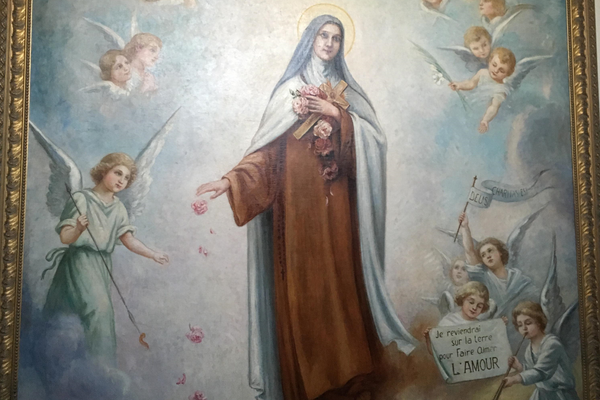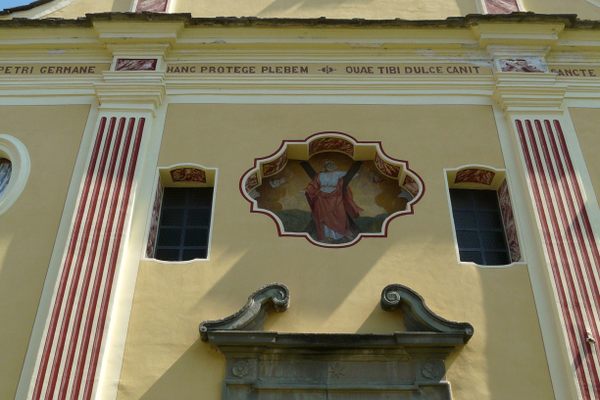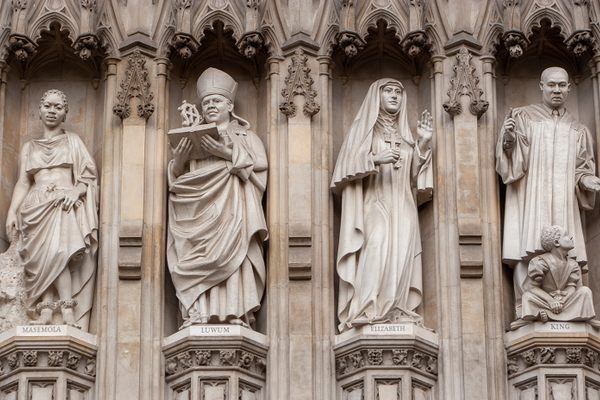AO Edited
Church of San Bernardino
The walls of this tiny Italian church are entirely covered with frescoes.
In 1450, Eustacchio Licini, a non-ordained friar also known as Cacciaguerra, ordered the construction of the Church of San Bernardino of Siena in Lallio. He envisioned the countless frescoes decorating the interior as the centerpiece of the church.
Around the mid-16th century, Cristoforo Baschenis the Elder, a renowned painter from Bergamo, was called upon to create a set of frescoes depicting the life of San Bernardino on the walls of the third section of the church. The imagery and accompanying captions had to be simple and immediate in order to convey easily comprehensible messages to the conspicuous number of illiterates of the time; in spite of this constraint, many interesting aspects can be found: it’s possible, for example, to admire urban life of the 1500s, Renaissance fashion through women’s garments and hairstyles, the typical tonsure of the Franciscan friars, and even a vivid representation of the marginalized within the community, such as the crippled, beggars, and plague victims.
The arches of the church are also by Baschenis, who painted prophets and Sybils, combining the sacred and the profane, since both are convinced to have received a divine message to divulge. The male and female characters are endowed with great expressive liveliness, and the painter focuses once again on the fashion of the time.
On the walls of the first section of the church, based on the apocryphal tradition, a cycle of frescoes depicting Marian devotions are attributed to an anonymous painter from the 17th century. Several details are noteworthy: in some scenes, the natural setting seems to recall Bergamo mountains and the urban profile of Bergamo city. The fresco in which the Virgin Mary is shown wearing a black dress, a symbol of mourning after the death of her son, is also unique. She is shown educating a group of people, among which a female figure stands out in a curious manner; this representation is charged with a strong symbolic significance: the mother of Christ represents the church which aspires to spread the divine message to all humanity.
Another painter from Bergamo, Gerolamo Colleoni (16th century), worked at the church of San Bernardino, decorating the two chapels erected on the sides of the building. The most striking panel is the one dedicated to the death of Saint Catherine, which features her decapitated head from which milk instead of blood spurts; the figure lies stretched out on the ground, dressed in white, surrounded by men brandishing weapons.
Rich and original is also the set of images in which real and imaginary animals appear, assuming meek or aggressive postures. Finally, there is limited information regarding the set of paintings in the presbytery, which represents episodes of the Passion of Christ and an unusual Last Judgement.
It is possible to visit the church by yourself. Alternatively, you can contact the organization “Amici di San Bernardino” to book for a guided tour.























Follow us on Twitter to get the latest on the world's hidden wonders.
Like us on Facebook to get the latest on the world's hidden wonders.
Follow us on Twitter Like us on Facebook